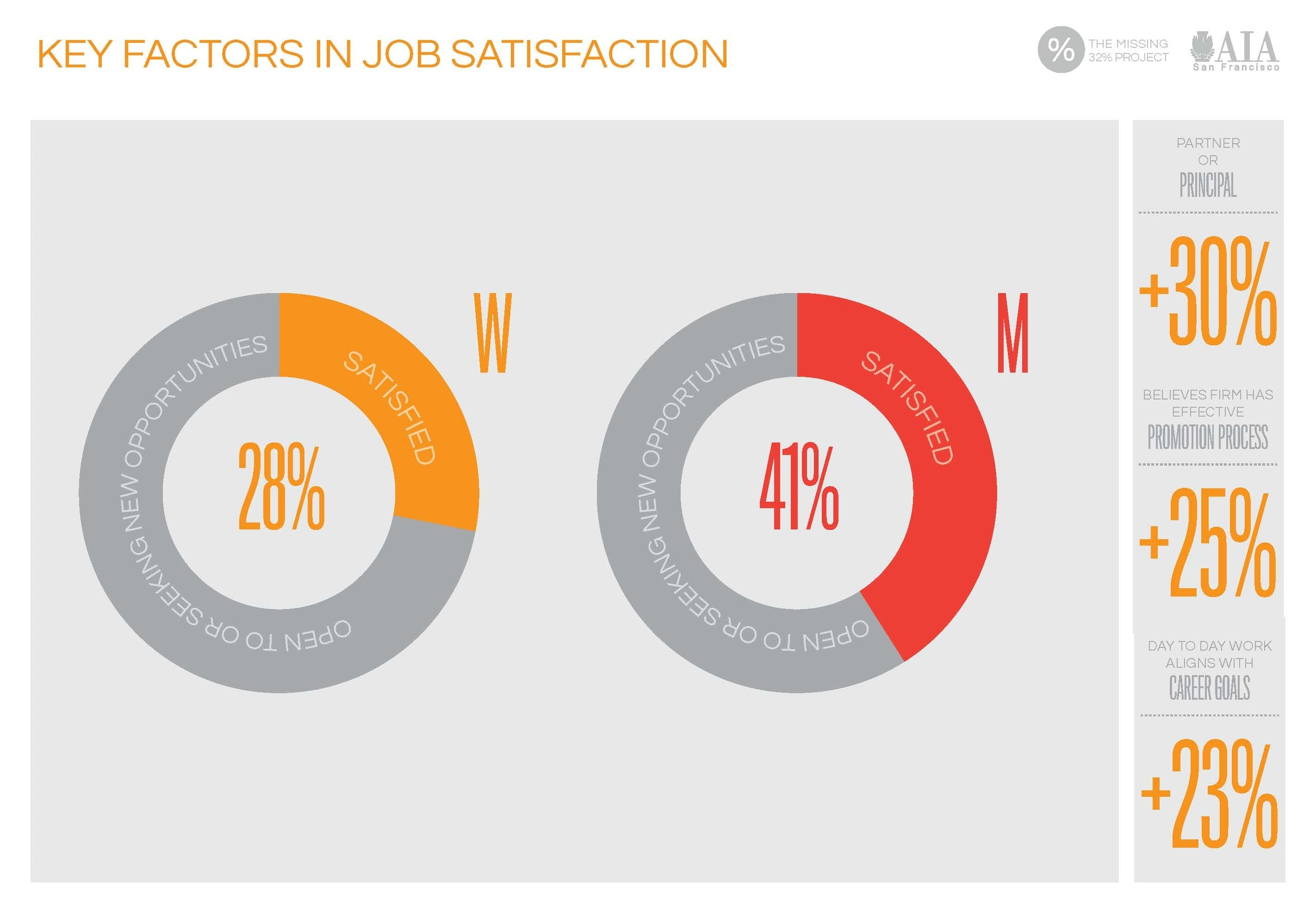by Rosa Sheng, AIA, LEED AP BD+C
Happy New Year! There is something very exciting about the beginning of the new year. Daylight hours are getting longer, there is a chance to reset from the past, a renewal of potential, re-invention, and new hope. To usher in 2016, Bob Borson, AIA "Life of an Architect" has aptly chosen the phrase "New Year, New _____" to inspire the latest #Architalks No. 16. And what immediately came to mind for me was "New Year, New Era".
Ever since I read Phil Bernstein's piece "The Era of Connection is Coming and Design will Never Be the Same" from Autodesk's Line, Shape, Space, I have been thinking about the "New Era" and what it means for our profession and our ability to adapt to a rapidly changing world. "How will people design and make things in the future?" Phil postulates that in order to understand where we are going, we have to first digest and understand where we've come from. In the course of my career to date, I have personally witnessed the great transition from "The Era of Documentation" - hand drawn construction documents (with Maylines and yes, triangles and t-Squares, to many versions of Autocad, then Microstation, then back to Autocad, and then the "The Era of Optimization" with 3D walk through simulations, photo real renderings and the hope of less RFI's with "clash-detection". In the course of 21 years, while technology has rapidly advanced, so has the speed of communication (from telephones, to facsimile, to email, to cell phones, to virtual meetings and cloud based information sharing) and the expectation is that the work should get done faster. And with that expectation, may be a misguided idea that architectural design fees should cost less because of these advancements. Now in "The Era of Connection" we have the opportunity to communicate the power and value of design by evolving how we practice in a more connected and meaningful way.
In Daniel Pink's book, "A Whole New Mind, Why Right Brainers Will Rule the Future" he leads us through our historical migration from the Information Age to the Conceptual Age economy of today, where mastering key skills and senses will determine who thrives in the New Era: Design, Story, Symphony, Empathy, Play & Meaning. Similarly, he maps where we have come from to help us better understand where we are going. In the 2nd half of his book, he provides a tool kit for building these skills (many of which Architects may already possess or have mastered!)
As we evolve into the "New Era", we have the opportunity to leverage technology to not only produce better documents, but to communicate better and also increase likelihood of producing the right design. We will disrupt the way things have been done and establish new ways of doing things that will champion important values. In the "New Era" we will expand our influence in the built environment beyond traditional services (Architecture AND...) to create a new value for design by learning and developing empathy, entrepreneurship, and civic leadership. It is only then that we can truly engage and connect with all the stakeholders in our communities where our projects will have impact not only on day 1, but far into the future influencing generations yet to be born.
Equity in Architecture Survey 2014
In the "New Era" we will also be focusing on talent retention and providing greater support to our Architectural staff. New models of mentorship and resource sharing will create stronger relationships and support networks. As we have seen in the disruption of other industries, the draw for design talent is expanding into other professions. Business Schools are teaching Design Thinking, Clients have higher expectations for Design/Build or Integrated Project Delivery, and competition for talent in design related professions with higher compensation is eroding the Architectural talent pool. Thus, Equity in Architecture is the right place to raise awareness of what isn't working for many (less than 50% of men and women surveyed in 2014 were satisfied with their current job situation) and lead the conversation of how to improve the state of practice so that Architecture is viable profession, better representing the populations which we serve and raising the value and importance of good design to our communities.
So I challenge you to become a champion for Equity in the "New Era". I can't say enough that Equity is everyone's issue even more so as we become more connected and dependent on one another to thrive.
Stay tuned for our "New Era" of 2016 Initiatives including the following:
To explore more about "New Year, New _____" , please visit all the great posts by the Architalks community.
The participants of this ArchiTalks blog post series are asking you to help a friend of ours who is dealing with a family tragedy. Rusty Long is an Architect based out of Portsmouth, Virginia, whose son Matthew is fighting for his life. Here is Matthew’s story, as told by his Dad, Rusty:
Matthew Long was born May 29th, 2013, happy, and seemingly healthy. Less than two days later his mother and I found ourselves in an neonatal intensive care unit waiting room, listening to a rushed intensive care doctor explain how our son needed immediate dialysis to save his life. The disease, he briefly explained, was one of a group of disorders called Urea Cycle Disorders, which impact the way the body breaks down protein. We later discovered that Matthew’s particular variant is called OTC Deficiency, a particularly severe form of it in fact, which results in a rapid rise of ammonia in the blood, called hyperammonemia, resulting in devastating neurological damage. This form of OTC is so severe, Matthew has virtually no peers who have survived it. Once the immediate crisis was arrested, we came to find out more about the disease and the impact of this initial event.
The disease is inherited, and the damage is permanent. Treatment consists of a combination of medications, low protein medical diet, and ultimately a liver transplant. Matthew was fortunate to experience no additional hyperammonemic events in the following fifteen months of life, and had a liver transplant on August 24th, 2014. The cure for the disease, a transplant, isn’t so much a cure as trading one condition for another. While we will never risk the chance of another ammonia spike, Matthew is on a half a dozen or more medications at any given time to avoid rejection. Despite these challenges, intensive daily therapy for cerebral palsy (a result of the initial damage), limited motor function, and various other challenges along the way, our son is remarkably happy and has changed all our lives for the better. He’s taught us to be stronger than we ever thought possible, to have faith beyond human understanding, and the immeasurable value of life.
The #ArchiTalks community is hoping to raise $5,500 to help Architect Rusty Long and his family reach their financial goal on HelpHopeLive.org. If each reader of this post contributes a small amount, our impact will be massive and we can make a difference for Matthew’s family. Click here now and donate $2.00.





























